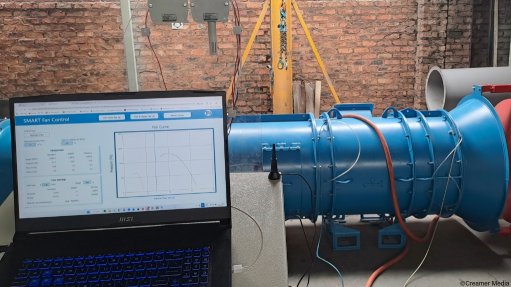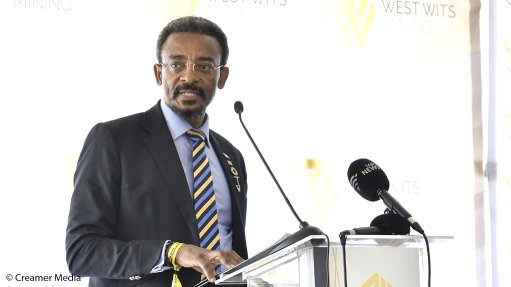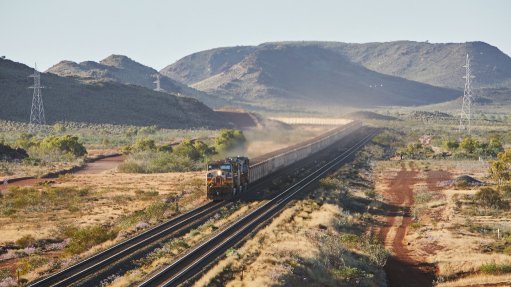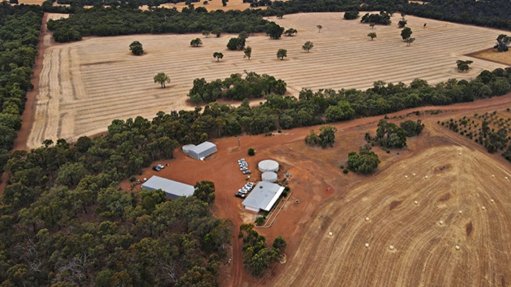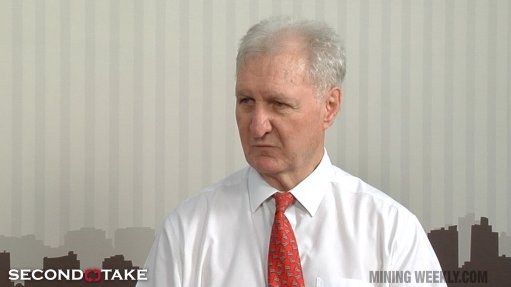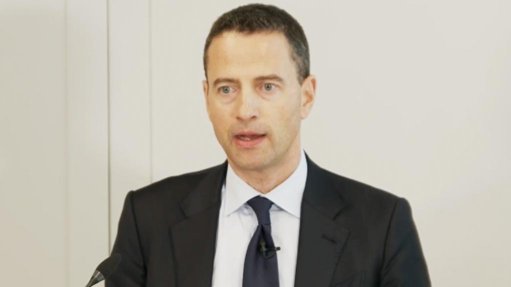Consulting engineering firm suggests tolling of regional roads
International consulting engineering firm Arup suggests a user-pays policy for regional roads as one method of generating revenue to build, maintain and expand the national road network.
While a user-pays policy on national roads is the policy of government, Arup associate director and highways business leader Kollan Pillay argues that it could also be the case for regional roads, as the upgrade, maintenance and extension of provincial roads are currently dependent on an inadequately resourced fiscus.
Pillay believes the secondary road network, specifically the provincial road network in South Africa, leaves much to be desired and warns that, if funding slows down, the national road network will deteriorate at the expense of the already ailing economy.
He explains that the sustainability of the regional road network requires routine and periodic maintenance, as well as road upgrades. He argues that the user-pays principle, specifically the application of tolls on regional roads, is probably the most appropriate funding model for regional road infrastructure.
Budget Constraints
Pillay states that funding for regional road network development is under severe strain, considering the decreasing budget for capital investment in provincial roads and the downgrade of the South African National Roads Agency Limited’s (Sanral’s) credit rating in January this year.
Further, technical capacity and funding constraints, poor maintenance regimes and delays in periodic maintenance have exacerbated capital costs for the rehabilitation and upgrade of roads.
For example, the R74 from Harrismith to Bergville leading to the uKhahlamba Drakensberg Park World Heritage Site has taken more than five years to reconstruct, owing to previous poor maintenance. Pillay also cites the N14 from Krugersdorp to Centurion, in Gauteng, which now requires major rehabilitation, instead of periodic maintenance measures.
Pillay further highlights the High Court’s decision in September to set aside the Winelands toll project, Sanral’s credit rating downgrade and the general negative sentiment towards e-tolls in Gauteng, as factors that have triggered concern from government and transport engineering professionals about investor confidence in South Africa’s road infrastructure sector, says Pillay.
“Ironically, while the World Economic Forum Business Working Group on Infrastructure in Africa laments project preparation as a key challenge facing project delivery, bankable road projects in South Africa are meeting resistance primarily due to political disagreements.”
While government is spending significant sums on maintenance, the total budget from all government levels for maintenance still leaves a significant gap.
Pillay explains that this is why South Africa’s regional road network is largely dependent on private-sector investment to optimise capital funds for the development and maintenance of the secondary road network.
He, therefore, believes it is imperative that government clarifies its position on the user-pays principle, especially for the development of the regional road network, to provide fertile ground for foreign direct investment in the road infrastructure space. Gauteng’s e-toll controversy highlights that appropriate tolling mechanisms and cost of collection, transaction transparency, public buy-in and political consensus are prerequisites for the tolling programme to be a success.
Global Competitiveness
Pillay further points out that the World Bank Logistics Performance Index 2014 shows South Africa’s quality of trade- and transport-related infrastructure declined from position 19 in 2012 – out of 155 countries – to position 38, out of 160 countries.
“The cost of logistics is a defining factor for South Africa’s global competitiveness, considering that transport constitutes a significant portion of that cost,” states Pillay.
He adds that road freight costs are increasing, owing to operational inefficiency because of congestion and poor road conditions. The bulk of freight in South Africa is transported by road and, despite the country’s aspirations to migrate from road to rail, Pillay predicts that a large portion of South Africa’s freight will remain on the road.
Meanwhile, Pillay highlights that global competitiveness is not only relevant to South Africa but to the Southern African Development Community (SADC) in general.
He explains that there is increasing intraregional trade between South Africa and the other SADC countries, especially with neighbouring countries such as Zambia, Mozambique and Namibia.
The regional economy comprising SADC member countries is also a significant trade facilitation area dependent on a functional primary and secondary road network. However, the standard of Southern Africa’s cross-border roads is generally not good, says Pillay.
Many factors are impeding progress on the delivery of a high-quality primary and secondary road network in Southern Africa.
He suggests that feasibility studies be conducted to establish whether user-pays tolls would work on cross-border roads.
“The development of regional corridors, together with spatial development initiatives, will enhance supply chains with the understanding that supply chains as a whole compete – not individual products, companies and commodities,” explains Pillay.
For example, Pillay identifies the North-South Corridor as a key cross-border road, the South African portion of which comprises the N1 from Musina (Beitbridge border crossing) to Durban.
Pillay highlights the development of a regional road network as a catalyst for development, enhanced trade facilitation and efficiency gains. Infrastructure development, through a combination of intraregional trade-led and investment-led growth and development strategies, is a mechanism for wealth creation, job opportunities and skills development for the SADC region.
Article Enquiry
Email Article
Save Article
Feedback
To advertise email advertising@creamermedia.co.za or click here
Press Office
Announcements
What's On
Subscribe to improve your user experience...
Option 1 (equivalent of R125 a month):
Receive a weekly copy of Creamer Media's Engineering News & Mining Weekly magazine
(print copy for those in South Africa and e-magazine for those outside of South Africa)
Receive daily email newsletters
Access to full search results
Access archive of magazine back copies
Access to Projects in Progress
Access to ONE Research Report of your choice in PDF format
Option 2 (equivalent of R375 a month):
All benefits from Option 1
PLUS
Access to Creamer Media's Research Channel Africa for ALL Research Reports, in PDF format, on various industrial and mining sectors
including Electricity; Water; Energy Transition; Hydrogen; Roads, Rail and Ports; Coal; Gold; Platinum; Battery Metals; etc.
Already a subscriber?
Forgotten your password?
Receive weekly copy of Creamer Media's Engineering News & Mining Weekly magazine (print copy for those in South Africa and e-magazine for those outside of South Africa)
➕
Recieve daily email newsletters
➕
Access to full search results
➕
Access archive of magazine back copies
➕
Access to Projects in Progress
➕
Access to ONE Research Report of your choice in PDF format
RESEARCH CHANNEL AFRICA
R4500 (equivalent of R375 a month)
SUBSCRIBEAll benefits from Option 1
➕
Access to Creamer Media's Research Channel Africa for ALL Research Reports on various industrial and mining sectors, in PDF format, including on:
Electricity
➕
Water
➕
Energy Transition
➕
Hydrogen
➕
Roads, Rail and Ports
➕
Coal
➕
Gold
➕
Platinum
➕
Battery Metals
➕
etc.
Receive all benefits from Option 1 or Option 2 delivered to numerous people at your company
➕
Multiple User names and Passwords for simultaneous log-ins
➕
Intranet integration access to all in your organisation








